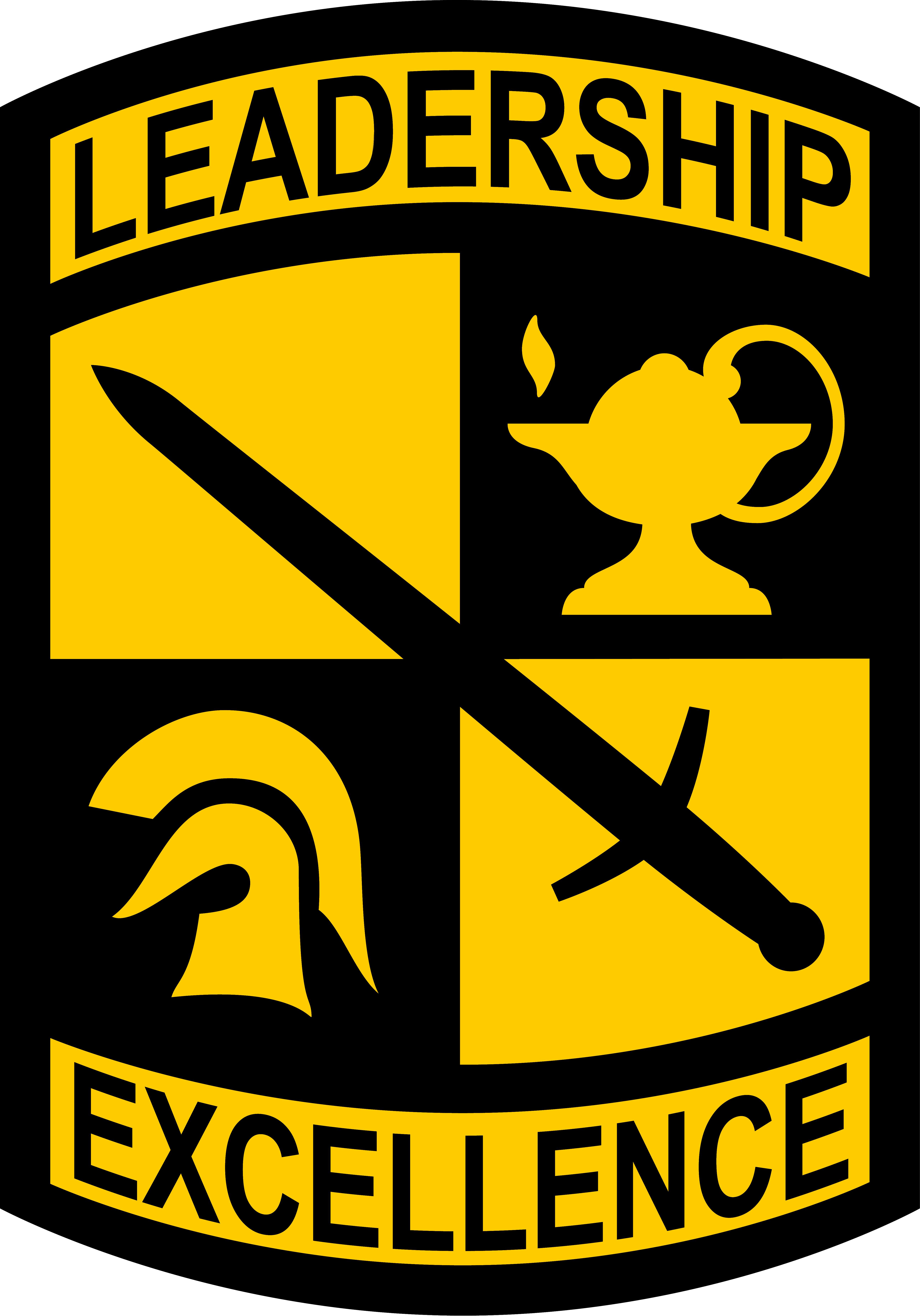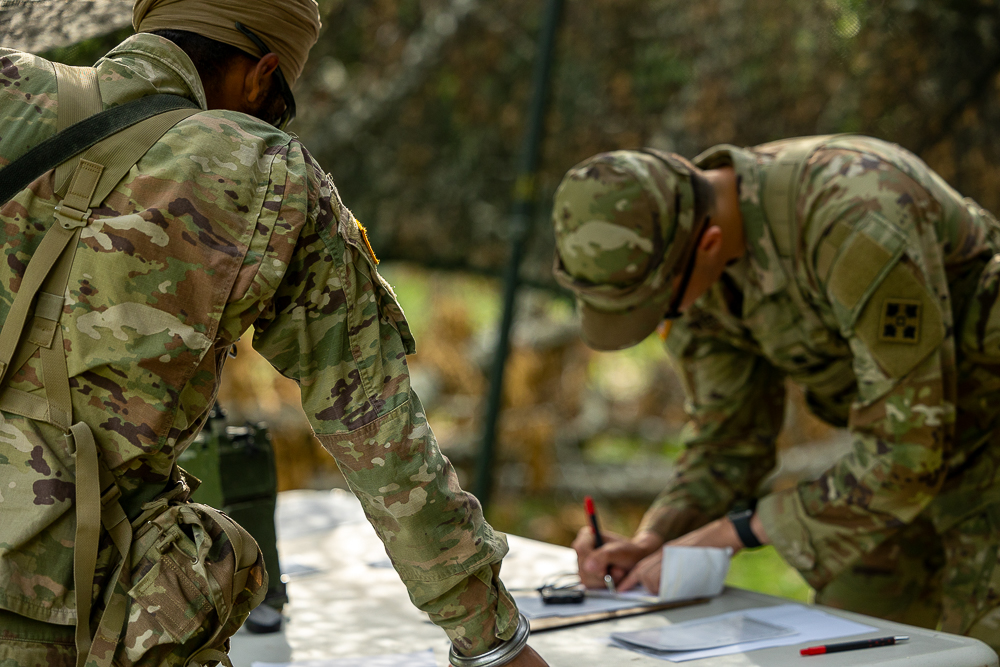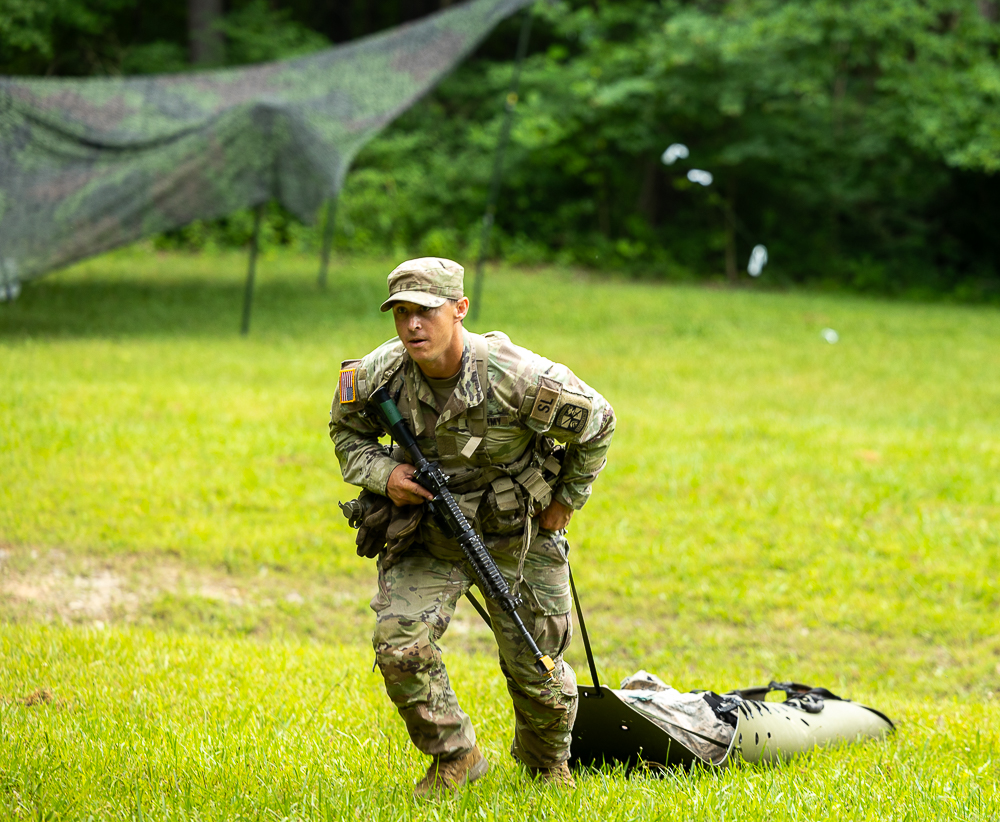FORT KNOX, Ky. — First aid is something most individuals are taught at a young age. When entering the Army, it becomes more important, especially in a combat setting. First aid can be the difference between life and death. To better prepare their leadership skills and operate under stressful conditions Cadets with 1st Regiment, Advanced Camp practice first aid at Cadet Summer Training on Fort Knox on June 14, 2024.
Cadets maneuver through four stations, each of which lays out a different medical emergency scenarios. The first station is a CPR station where Cadets will practice applying basic CPR on a training mannequin ensuring they are still breathing and have a pulse.
“Under combat or under any circumstance where a Solider is not breathing, how do we assess the Solider and give them air and proper care before they receive a MEDEVAC,” said Cadet Milaap Singh, University of Washington. “If there are no medics around, everyone can be a medic. So given the situation, everybody should know what to do.”
Following that, Cadets will practice first aid as if they were in live fire situation. The goal is to “evacuate a casualty and preform care under fire,” said Cadet Zachary Evans, University of Texas at San Antionio. When it is safe to do so, “we will move the casualty back to a safe area and perform buddy aid on the casualty.”
During this station, Cadets are given a location on the training mannequin to place a tourniquet high and tight above the injured area then once simulated bleeding has stopped, place the training mannequin on to a stretcher then drag them to safety.
Another station requires Cadets to request a medical evacuation. Cadets are given five minutes to identify the problem and send a request accurately.
“Cadets are being evaluated on their ability to fill out a nine-line MEDEVAC request.” Said 2nd Lt. Morgan Day, medical lane instructor. “After that, they have to fill out a tactical combat casualty care card making the injuries and what treatments have been giving.”
Lastly, Cadets perform proper tourniquet placement, apply dressings to an open wound and apply an emergency bandage. Another five minutes is given to complete this task and each scenario is different as the location of the wound is determined by the grader.
With all events being timed, it can put stress on Cadets. Being able to operate and do so efficiently under that amount of stress is vital to ensure the safety of other soldiers in various real-world scenarios.




